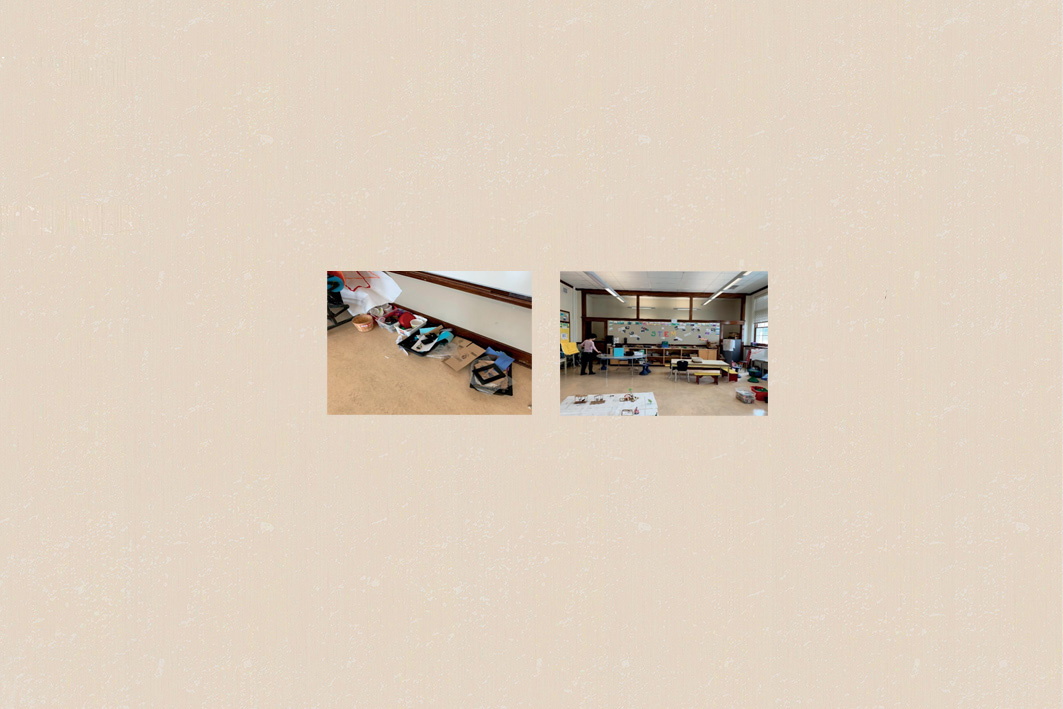Nicole Langevin, Miwa A Takeuchi, Jenny Yuen and Shayla Jaques
Abstract
Attention to science, technology, engineering and mathematics (STEM) education has been rapidly
growing nationally and internationally (Sengupta, Shanahan and Kim 2019; Takeuchi et al 2020). In
Alberta, STEM is not yet a curriculum subject in itself, although related pedagogical efforts—such as
makerspace and design-based learning—are being taken up in Alberta schools. STEM is a relatively recent domain of studies in the education field. In the EBSCO Academic Search Complete database, the term STEM first appears in education journals from the early 2000s. Since then, the number of publications on STEM education research and teacher development resources for STEM education has significantly grown.
Despite this growth, there is a scarcity of research on STEM education in the early years (kindergarten
to Grade 3), compared with the research on secondary and postsecondary STEM education, which could be partially a result of the implicit research agenda of preparing students as future workers for STEM industries (Takeuchi et al 2020). An aesthetic vision for STEM education that centralizes seeing more and
seeing the complex (Farris and Sengupta 2016) stands apart from those instrumental visions focusing mainly on workforce preparation. Aesthetic expansion through STEM education enables learners to make
familiar phenomena unfamiliar and to notice previously unnoticed elements and meanings in those
phenomena. What does STEM education in the early years look like when the teacher aims for aesthetic
expansion?
Langevin, N., Takeuchi, M.A., Yuen, J., & Jaques, S. (2021). Fostering genetic mathematical understanding through the early STEM classroom. Delta-K Journal of the Mathematics Council of the Alberta Teacher’s Association, 57(1), 29–34.
